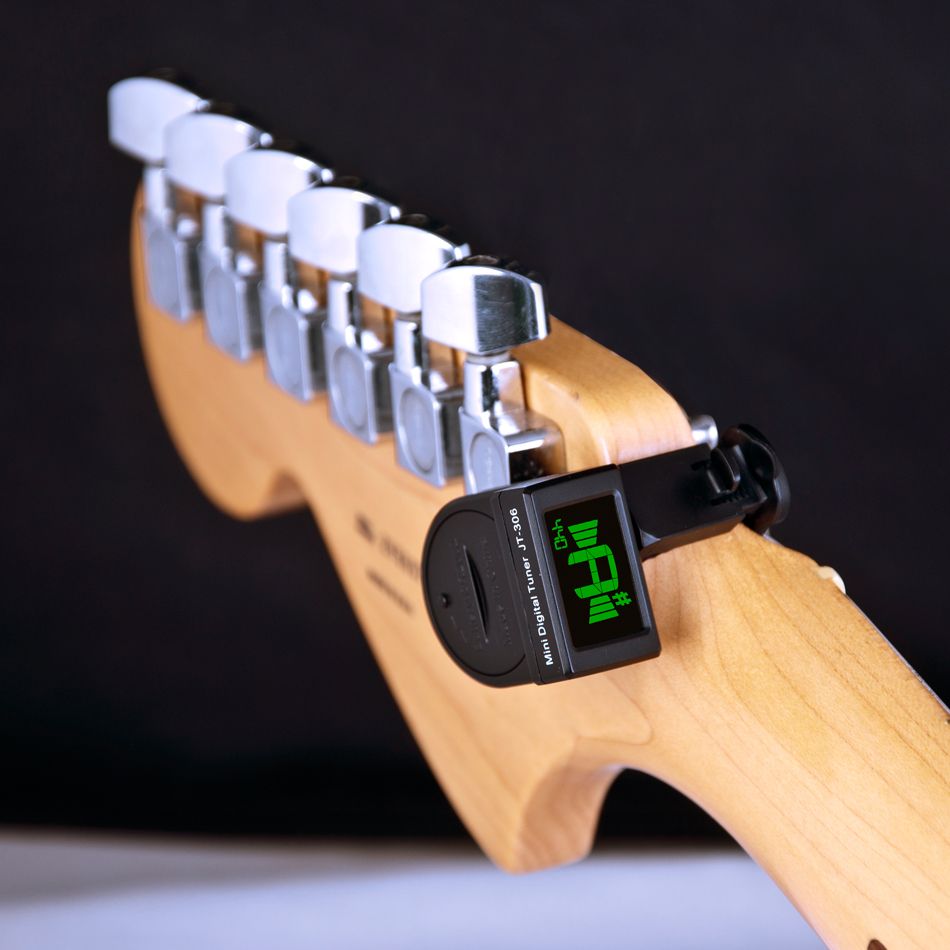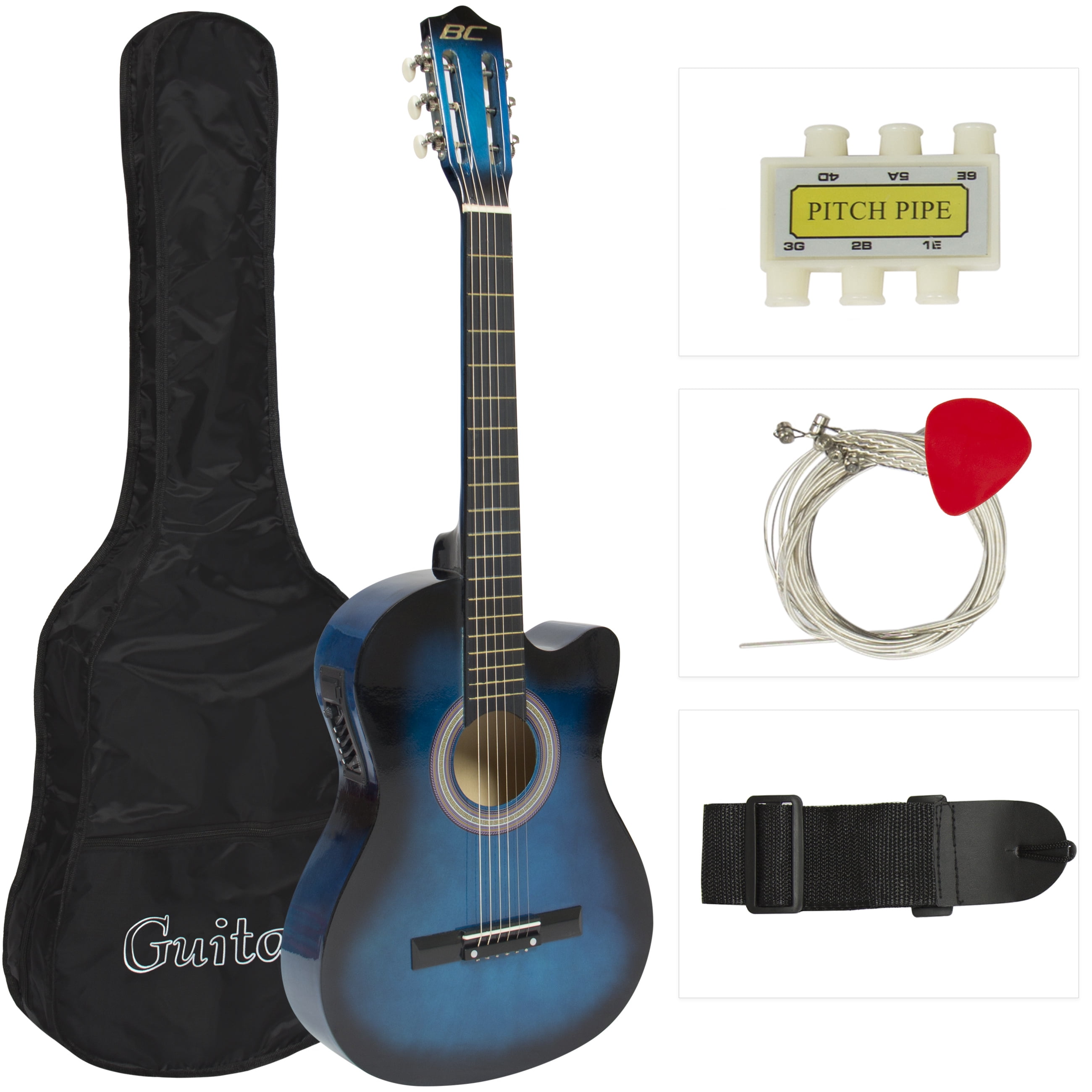

The most common of these is the second harmonic which is an octave and a 5th above the fundamental. I can tell you for a fact that they can pick up harmonics and register them, thus leading to erroneous results. These tuners use a piezoelectric crystal that is sensitive to vibrations. When the letter name (or frequency value) matches what you expect (or want) then you are "in tune". You need to "tune" the string and you should see the letter name of the note change as you turn the tuning peg. If the guitar is out of tune then the tuner WILL correctly read the vibrational frequency (frequencies) produced by the guitar. But what you need to do is give us what the tuner reads based on what you have played. You merely state that the tuner does not recognize the strings. You really have not provided enough data or info for anyone to help. Good luck on your journey towards learning to play the guitar. Be sure to stretch each string by gently tugging on it and re-tuning until it no longer goes flat when you tug on it. Once you get the strings close enough for your clip on tuner to recognize them properly, use the clip on tuner to make all the final tuning adjustments. The chart below will help you with this method. You would use the same process as an on-line tuning site (compare your string to the sound you hear and adjust until they are close to the same).įinally, if you are lucky enough to have at least one string close enough for your tuner to pick up, fine tune that string and use that string to get the other strings close using the 5th and 4th fret tuning method described in leftaroundabout's excellent answer. Then use your clip on tuner to tweak and fine tune it from there.Īnother option is to find an app that will play the sounds of a properly tuned guitar the way a pitch pipe would.
#ACOUSTIC GUITAR TUNER FREE#
The keys to use on piano are shown below.Īnother option is to use an on line tuning site such as this one: Free Online Guitar tuner Just listen to the pitch on line and adjust your tuning keys until the guitar string you want to tune is close to the sound you hear on the on-line tuner. If you have a piano, (or other keyboard instrument) you can use the appropriate keys on a piano or keyboard to tune your guitar strings.

If you have another guitar that is in tune or a friend's guitar, you can use that as a reference and tune the out of tune guitar to one that is in tune. If you find yourself in a situation in the future where none of the strings are close to being in tune and you want to tune the guitar from scratch there are several things you can do to get close enough for the clip on tuner to recognize the correct strings. It does not work well when starting from scratch as could be the case if you changed all the strings by taking them all off first or if the guitar was de-tuned for shipping. Your clip on tuner will help you fine tune each string after you get it close with another method. This tuning technique isn't very good for actually fine-tuning a guitar by ear, but it should get you close enough so you can use the clip tuner. (Attention: this one is not the same pitch as the g-string on 5th fret, but 4th fret!) Then the high e string is again like the b-string on 5th fret. And the empty g-string is the pitch of the d-string at 5th fret.

Once you got that, you can repeat the procedure: the empty d-string should have the same pitch as the A-string on 5th fret. Just make sure you hear whether it's much too low or already to high (never tune a string much higher than it's supposed to be), and correct it. It should be the same pitch, but it won't be necessary to get it exactly right: once you're close enough, the tuner will be able to track the A-string too. Just compare the pitch that's produced when fingering the low E-string (6th string) at 5th fret with the empty A-string (5th string). Lucky that it did recognise the 6th string, because from that you can easily tune all other strings by ear. Evidently the strings are so out of tune that the tuner can't know anymore which is supposed to be which.


 0 kommentar(er)
0 kommentar(er)
